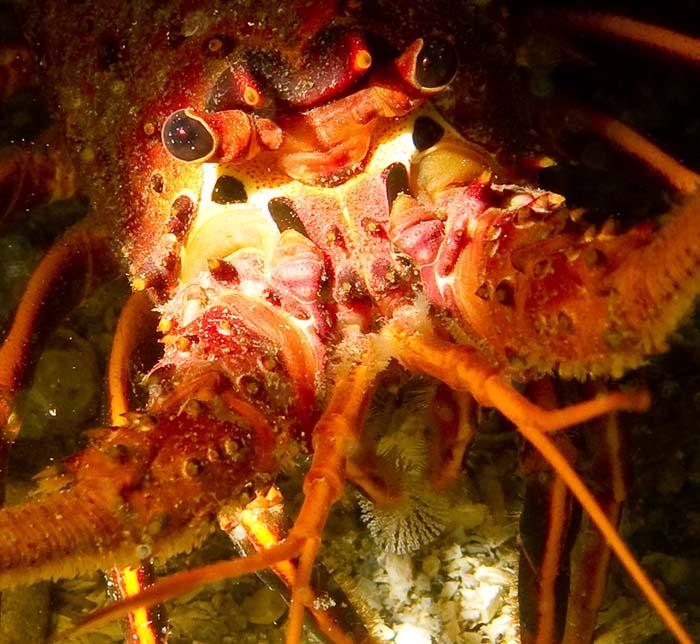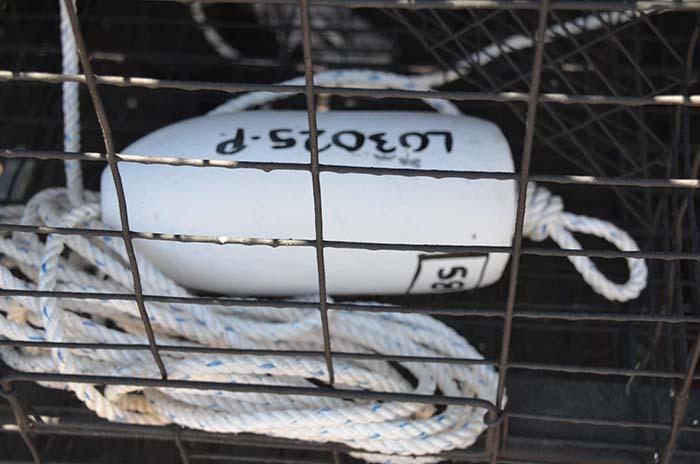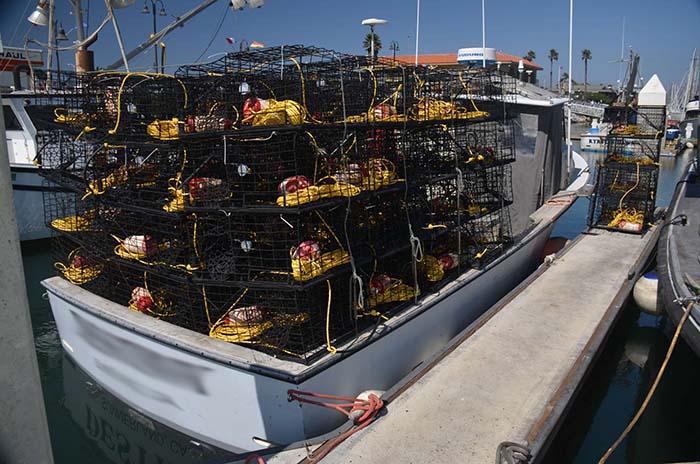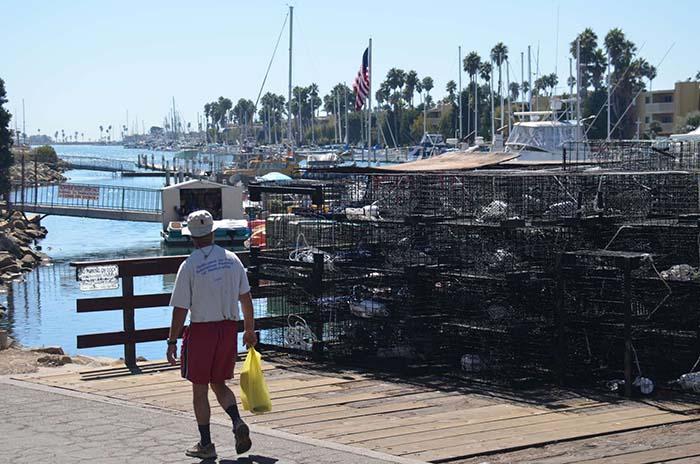by Founder and President Kurt Lieber
 California coastal lobster, underwater.
California coastal lobster, underwater.
photo by Dudley McLaughlinLobster hunting season is upon us. This is the time of year that both commercial and recreational hunters are allowed to take an allocated amount of legal-sized lobsters.
For the last several weeks I've been up in Ventura County for our big campaign Operation Deep Sweep, bringing new friends into our growing alliance. Having spoken with some folks from relevant governmental agencies, as well as individuals familiar with commercial lobster trapping areas, I have determined that it is in the best interest of the ocean life we protect for ODA to purchase a device that will allow us to monitor when, where, for how long, and by whom these traps are set.
With this device, we will be able to keep an ongoing log of this vital information into the future. This will become a guide for our debris removal work once the lobster season ends…when remaining traps are deemed "abandoned." At that time, it will be lawful (and very helpful to the oceans) for ODA to pick them up. Our main goals in doing this are to protect lobsters from being unnecessarily trapped and killed, to reduce "drag damage" to the ocean floor, and to keep the marine environment clean.
How Will This Work?
 We will position our boat alongside a lobster trap buoy (i.e., a floating marker), and we will activate our handheld device, which will mark the GPS location and date. We will then manually enter information about the owner of the trap, depth, etc. By law, all trap buoys must have a number on them that identifies the owner.
We will position our boat alongside a lobster trap buoy (i.e., a floating marker), and we will activate our handheld device, which will mark the GPS location and date. We will then manually enter information about the owner of the trap, depth, etc. By law, all trap buoys must have a number on them that identifies the owner.
ODA will perform this recording process this over the course of the next several months, which will give us a huge--and hugely helpful--database of trap locations. So, when the season ends in March, we can go back to areas where there were significant numbers of traps set and send our video-equipped ROV (remote operated vehicle) system down and see if there are any traps left behind. If so, it's "DIVER DOWN" for our volunteer dive crews! I am sure we will find many traps, as I've been told that a typical fishing operation loses 10-15% of their traps every year.
Just this week, in the same marina in Channel Island Harbor where we dock our boats, I saw two enormous collections of new traps being prepared to load onto two boats. Each of these boats has roughly 200 traps that they will soon deploy.
That is a total of 400 traps. If they lose just 5% of them, that will mean 20 traps will be left in the water come March. And that is from just two boats! We know the number will be greater, because I saw several dozen more lobster boats here and in Ventura Harbor.
The ocean life we defend would really benefit from ODA's use of this handheld device, but it costs $1,000*…
[Note for those of you on Facebook: we originally located a unit that would cost $1,600, but thankfully, one of our awesome volunteers Chris Bell found an ideal device for $1,000.]
Will you help us pay for this by making a donation? This tool will go a long way towards making our outings more efficient (saving fuel looking for traps), productive (more time spent "on target" removing debris), and most of all, safer for our divers and all the critters that we try so hard to save.











